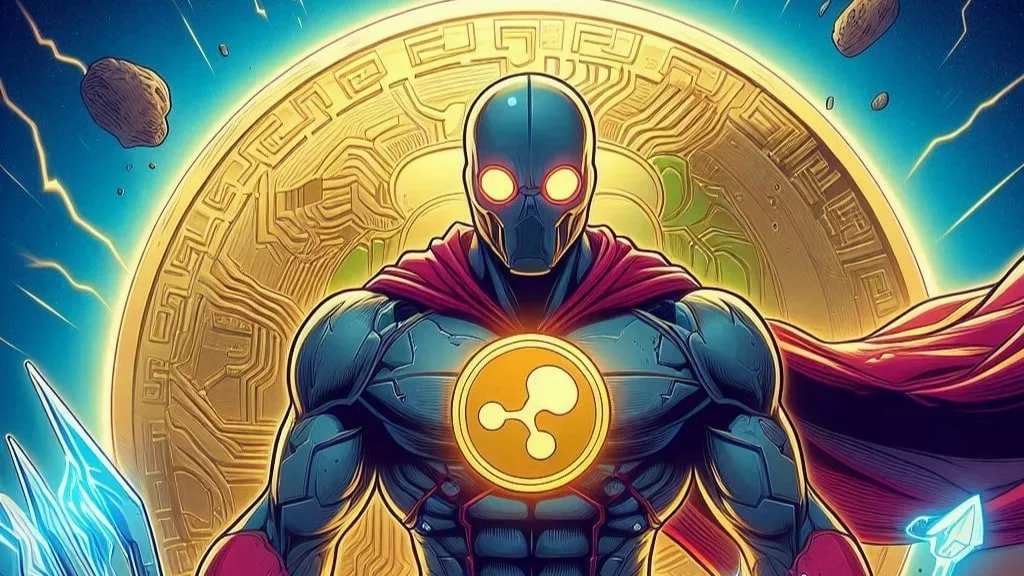
Bitcoin’s performance post-halving has been a topic of keen interest and analysis in the cryptocurrency community. Following the halving event in April 2024, Bitcoin initially saw a notable rally, surging by 68% in the first quarter of the year. However, this momentum was short-lived as BTC faced challenges in sustaining its upward movement. In the second quarter, Bitcoin experienced an 11% decline, followed by a modest 6% recovery in the third quarter. These fluctuations highlight the volatility inherent in the cryptocurrency market and underscore the uncertainty surrounding Bitcoin’s immediate price trajectory.
Charles Edwards, founder of Capriole Investments, has been vocal about Bitcoin’s current market cycle, suggesting that the anticipated post-halving rally has yet to commence fully. Comparing the current cycle with historical precedents, Edwards notes that previous post-halving events saw Bitcoin’s price surge exponentially. For instance, after the 2020 halving event, Bitcoin rallied by 630%, while earlier halvings in 2016 and 2012 witnessed gains of 1,400% and 5,500%, respectively. These statistics provide a compelling backdrop against which analysts are evaluating Bitcoin’s potential for future growth.
Analysts from Coin base and JPMorgan have tempered expectations, cautioning that recent price movements above $67,000 may not be sustainable. This sentiment reflects concerns over market overheating and the potential for profit-taking among investors. Despite these warnings, institutional interest in Bitcoin remains robust, with significant inflows reported into US spot BTC ETFs. Institutions, including BlackRock, have accumulated over 41,000 BTC in July alone, contributing to year-to-date net inflows exceeding $17 billion. This influx of institutional capital suggests continued confidence in Bitcoin’s long-term value proposition.
Institutional involvement has been a defining factor in Bitcoin’s market dynamics, particularly post-halving. The accumulation of BTC by institutional players, coupled with a reduction in overall BTC short positions on the Chicago Mercantile Exchange (CME), indicates a shift in sentiment towards a more bullish outlook. Crypto Quant’s analysis highlights a decrease in BTC futures short positions, signaling a convergence of market sentiment akin to levels observed when Bitcoin traded around $27,000 approximately ten months ago. This reduction in short positions suggests that market participants are less bearish, potentially setting the stage for a sustained upward movement.
Moreover, the demand for Bitcoin from US spot BTC ETFs has been instrumental in shaping market sentiment. The influx of institutional capital into these ETFs reflects a broader acceptance of Bitcoin as a viable asset class among traditional investors. The recent surge in BTC whales, entities holding significant amounts of Bitcoin, to a two-year high further underscores institutional confidence and accumulation strategies in anticipation of future price appreciation. These developments are pivotal as they provide a foundation for potential upward momentum in Bitcoin’s price action.
Looking ahead, several catalysts could propel Bitcoin towards a significant rally in the latter part of 2024. One crucial factor is the resolution of supply pressure from Mt. Gox, a now-defunct cryptocurrency exchange that holds a substantial amount of BTC. The release or absorption of Mt. Gox’s BTC holdings into the market could alleviate selling pressure and create a more favorable environment for price appreciation. Analysts and market observers, including Stock money Lizards, have speculated that Bitcoin could potentially reach $90,000 by Fall 2024 if current market conditions and institutional trends persist.
Additionally, regulatory developments and macro-economic factors will play a critical role in shaping Bitcoin’s price trajectory. Regulatory clarity and institutional acceptance are pivotal for sustained growth in the cryptocurrency market. Increased scrutiny from global regulators could impact market sentiment and investor confidence, leading to heightened volatility. Similarly, macro-economic indicators such as interest rates, inflation rates, and geopolitical tensions could influence institutional decisions regarding Bitcoin investments. Traders and investors must monitor these factors closely to navigate potential risks and opportunities in the market effectively.
As Bitcoin continues to evolve in its post-halving phase in 2024, the cryptocurrency market is poised for potential bullish momentum. Analysts’ assessments and institutional behaviors suggest cautious optimism regarding Bitcoin’s future price trajectory. While historical patterns and institutional accumulation provide a compelling case for a potential rally, investors must remain vigilant amidst ongoing market uncertainties. Regulatory developments, macro-economic trends, and institutional dynamics will be critical factors to monitor as Bitcoin navigates its path towards potential price appreciation. By staying informed and adaptable, traders can position themselves to capitalize on opportunities while managing risks inherent in the dynamic cryptocurrency market.


Get the latest Crypto & Blockchain News in your inbox.